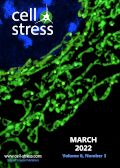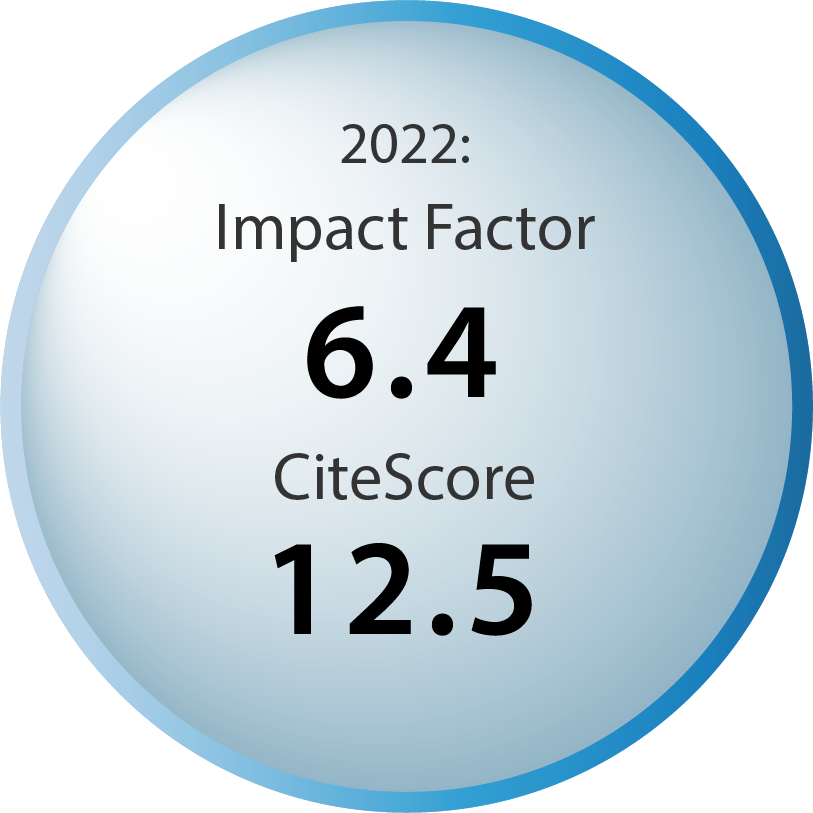Table of contents
Volume 6, Issue 3, pp. 30 - 44, March 2022
Cover: This month in
Cell Stress: COX4-1 in mitochondrial supercomplex assembly. Image depicts cell with nucleus (blue) and mitochondria (green). Image credit: NICHD/U. Manor, via Flickr
CC BY 2.0 license. Image modified by
Cell Stress. The cover is published under the
CC BY 4.0 license.
Enlarge issue cover
Genotoxic stress signalling as a driver of macrophage diversity
Ana Kasapi and Antigoni Triantafyllopoulou
Reviews |
page 30-44 | 10.15698/cst2022.03.265 | Full text | PDF |
Abstract
Tissue macrophages arise from yolk sac, fetal liver and hematopoietic progenitors and adopt diverse transcriptional programs and phenotypes, instructed by their microenvironment. In chronic inflammation, such as in chronic infections, autoimmunity, or cancer, tissue microenvironments change dramatically thus imprinting new programs on tissue macrophages. While stress is a known driver of carcinogenesis in epithelial cells, emerging evidence suggests that macrophage responses to genotoxic stress are embedded in their ‘physiologic’ immune and tissue healing programs and in most cases do not lead to myeloid malignancies. The role of genotoxic stress as an instructor of macrophage-mediated immune defense and tissue remodeling is only beginning to be understood. Here, we review the evidence showing that genotoxic stress, which macrophages and their precursors face upon encountering inflammatory and/or growth signals, instructs their transcriptional programs, by activating non-canonical, cell-type specific DNA Damage Response (DDR)-driven signaling pathways. We propose that immune-cell specific, DDR-instructed programs are crucial for tissue homeostasis as well as for the maintenance and resolution of inflammatory responses in infection, cancer, autoinflammatory and autoimmune microenvironments.



